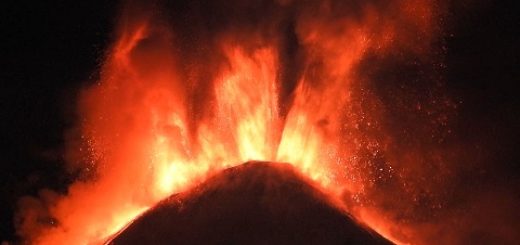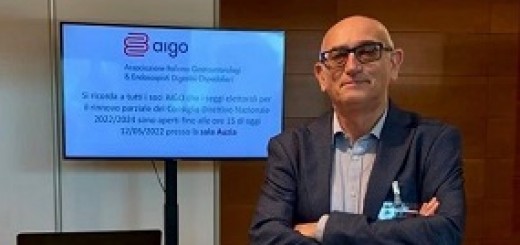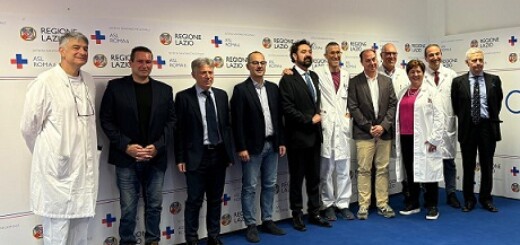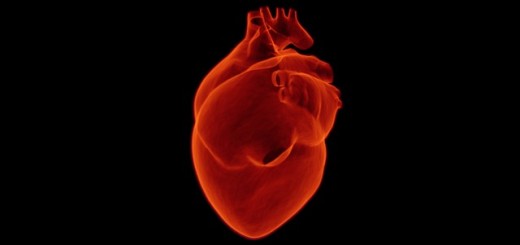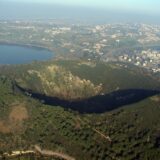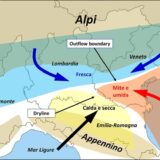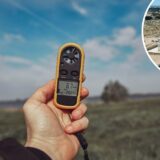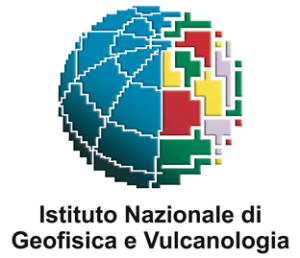
Realizzato un modello di previsione che include una stima quantitativa delle incertezze, collegandola alla definizione dei livelli di allerta tsunami

Roma, 28 settembre 2021 – Il Probabilistic Tsunami Forecasting (PTF) è l’innovativa procedura che permette, in tempo reale, la determinazione del livello di allerta da maremoti tenendo conto della inevitabile incertezza sulla previsione dello tsunami. La nuova procedura, che potrebbe introdurre una svolta nella gestione delle allerte tsunami, è stata messa a punto da un team di ricerca internazionale coordinato dall’Istituto Nazionale di Geofisica e Vulcanologia (INGV) ed è stata appena pubblicata nello studio “Probabilistic tsunami forecasting for early warning” sulla rivista scientifica Nature Communications.
“Il PTF quantifica la probabilità che si verifichi uno tsunami di una determinata intensità entro pochi minuti dalla scossa di terremoto che potrebbe averlo generato”, spiega Jacopo Selva del Centro Allerta Tsunami dell’INGV (CAT-INGV) e primo autore dell’articolo. Il metodo messo a punto dai ricercatori valuta rigorosamente e per la prima volta l‘inevitabile grado di incertezza nella previsione degli tsunami in tempo reale.
“Questo offre la possibilità di collegare la definizione del livello di allerta precoce (early warning) alla previsione dell’intensità del possibile tsunami ed alla relativa incertezza, in base a prestabiliti criteri di riduzione del rischio”, aggiunge Jacopo Selva.
“Le previsioni vengono effettuate combinando i parametri del terremoto stimati in tempo reale con quelli attesi nella zona nel lungo termine e, infine, con milioni di simulazioni numeriche della propagazione dello tsunami, pre-calcolate grazie a moderni supercomputer”, aggiunge Stefano Lorito, co-autore dello studio.
Il team di ricerca ha applicato il PTF, a posteriori, a diversi eventi sismici tra cui il terremoto di magnitudo 8.8 che nel 2010 ha colpito Maule, in Cile, lo tsunami di Zemmouri-Boumerdes, in Algeria, generato nel 2003 da un sisma di magnitudo 6.8, e lo tsunami generato quasi un anno fa dal terremoto di magnitudo 7.0 avvenuto in prossimità dell’isola greca di Samos.
Sono stati analizzati anche tutti i terremoti localizzati nell’area mediterranea che hanno attivato il CAT dell’INGV negli ultimi anni. Ciò ha permesso di valutare l’accuratezza del modello previsionale su un ampio ventaglio di magnitudo e tipologie di evento sismico, dai terremoti crostali relativamente piccoli agli eventi di maggiore entità generati in zone di subduzione.
Per poter offrire una risposta adeguata in caso di evento ai cittadini residenti nelle aree costiere esposte al rischio di inondazione da tsunami, è imprescindibile combinare l’evidenza scientifica con le scelte di politica del territorio, così da associare un livello di allerta a una data probabilità, considerando che ogni livello di allerta, a sua volta, può corrispondere a determinate fasce costiere da evacuare.
Queste ultime, in Italia, sono state definite da ISPRA, INGV e DPC che sono i componenti del SiAM (Sistema di Allertamento nazionale per i Maremoti generati da sisma). Infatti, sia gli allarmi mancati che i falsi allarmi possono generare significative conseguenze socio-economiche. Poiché entrambe le fattispecie sono dovute all’incertezza nella previsione degli eventi calamitosi, il PTF si propone di includere nel calcolo l’incertezza stessa.
Questo approccio in futuro potrebbe essere molto utile anche per la definizione di nuove strategie di gestione del rischio consentendo, ad esempio, la predisposizione di azioni di mitigazione diverse per specifici aspetti basate sulle informazioni scientifiche fornite in tempo reale dal PTF come, ad esempio, l’attivazione di procedure che salvaguardino gli impianti industriali in casi di emergenza.
*******
INGV presents a new model for tsunami early warning following an earthquake
Realized a forecasting model that includes a quantitative estimate of uncertainties, linking it to the definition of tsunami alert levels
Rome, September 28, 2021 – The Probabilistic Tsunami Forecasting (PTF) is the innovative procedure that allows, in real time, the determination of the tsunami alert level taking into account the inevitable uncertainty on the forecast of the tsunami. The procedure, which could introduce a paradigm shift in the management of tsunami alerts, was developed by an international research team coordinated by the Istituto Nazionale di Geofisica e Vulcanologia (INGV – National Institute of Geophysics and Volcanology) has just been published in the study “Probabilistic tsunami forecasting for early warning” in the scientific journal Nature Communications.
“The PTF quantifies the probability of occurrence of a tsunami with a given intensity within a few minutes after the shock capable of generating it”, explains Jacopo Selva of the INGV Tsunami Warning Center (Centro Allerta Tsunami, CAT-INGV) and first author of the article. The method developed by the researchers rigorously and for the first time evaluates the unavoidable degree of uncertainty in real-time tsunami forecasts.
“This offers the possibility to link the definition of the alert levels for tsunami early warning to the forecast of the intensity of the possible tsunami and to the relative uncertainty, based on pre-established risk reduction criteria”, adds Jacopo Selva.
“The forecasts are made by combining the earthquake parameters estimated in real-time with those expected in the area and, finally, with millions of numerical simulations of the tsunami propagation pre-calculated thanks to modern supercomputers”, adds Stefano Lorito, co-author of the study.
The research team applied the PTF, a posteriori, to several seismic events, including the 8.8 magnitude earthquake that hit Maule, Chile, in 2010, the Zemmouri-Boumerdes tsunami, Algeria, generated in 2003 by an earthquake of magnitude 6.8, and the recent tsunami generated almost a year ago by the earthquake of magnitude 7.0, which occurred near the Greek island of Samos.
All the earthquakes located in the Mediterranean area that have activated the INGV CAT in recent years were also analyzed. This made it possible to evaluate the accuracy of the forecasting model over a wide range of magnitudes and types of the seismic event, from relatively small crustal earthquakes to larger events generated in subduction areas.
In order to be able to offer, in case of an event, an adequate response to citizens residing in coastal areas exposed to the risk of flooding from a tsunami, it is essential to combine the scientific evidence with political choices that are needed to link an alert level to a given probability, considering that each alert level, in turn, can correspond to certain coastal areas to be evacuated.
The latter, in Italy, have been defined by ISPRA, INGV, and DPC, which are the components of the SiAM (“Sistema di Allertamento nazionale per i Maremoti generati da sisma”, the National Alert System for Tsunamis generated by earthquakes). Indeed, both missed and false alarms can generate significant socio-economical consequences. Given that both cases are due to the uncertainty in the prediction of hazardous events, the PTF aims at integrating the uncertainty itself into calculations.
This approach in the future may be useful also for the definition of new strategies of risk management, allowing, for example, the definition of different mitigation actions for specific issues based on the scientific information provided in real-time by the PTF such as, for example, the activation of procedures to safeguard industrial plants in cases of emergency.

 Salva come PDF
Salva come PDF

